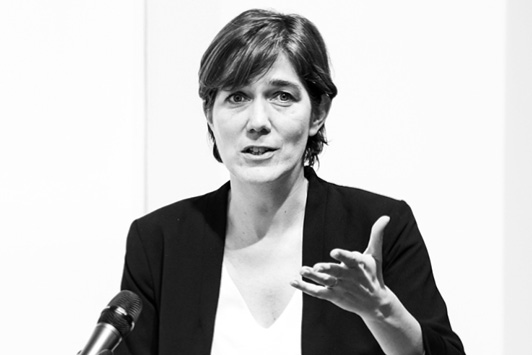 Why did you decide to create ResearchJewel?
Why did you decide to create ResearchJewel?
I have been working at Christie’s for many years, and I have been looking at maker’s marks from different houses, different periods. When you start in the business, you don’t know any of them. After a while, you get to know some of them, the most important ones. If you ask antique dealers, they’re going to say, “You can read my little book in which I drew my maker’s marks, and I write next to it that it’s for Boucheron or for Chaumet.” Some books exist — the problem is that each book corresponds to one country and one period. My idea was that I would like to go somewhere online where I can type whatever I see on the jewel — the letters, the symbols, the shape or whatever it is — and then click enter and just check who it’s by, what it means, when it was in use. That’s how I started collecting information on these maker’s marks and decided that I am going to do a website. It’s a never-ending process. The database will start with around 400 of the most common marks.
How do maker’s marks help reveal more about the jewel?
It’s sort of the ID card of the jewel. It tells you so many things. Not every jewel is marked, of course. You don’t need to know about the mark if it doesn’t add value to your piece. I feel the maker’s mark is an additional clue to all of your clues that you’ve put together: quality of the gems, of the craftsmanship, the signature. If you’ve never seen the mark before and it’s very crisp and it’s supposed to be from 1910, you need to ask, has it been in the safe? If the ring is very worn but the maker’s mark is very crisp, there’s a problem. These are just the tools and the tricks from specialists and experts.
Will it help with inquisitive clients?
I feel clients now want to know more and more what jewels they have in their hand. They’re asking for a lot of information, which is great because it’s full disclosure and people know what they buy. Now they won’t buy a sapphire bracelet if they don’t know where the sapphire comes from. Same with the maker’s mark: It’s here, it’s engraved, and sometimes also the maker’s mark is the signature, there’s nothing else. Sometimes you have the maker’s mark and a signature, sometimes only the maker’s mark. If you don’t know, you miss that this bracelet is by Belperron, for example, because that’s the maker’s mark of the workshop that was working exclusively for her — because there is no signature [for Belperron].
Clients don’t want to buy a jewel just because it’s nice. Being a jewelry teacher and a historian, [I have] people come to me, and they want to know so much more than “This ring is a D-flawless.” [They ask,] where is that piece from, what was the workshop? They are very happy with a loupe to see the maker’s mark that can be traced to a specific workshop. They feel the piece has additional value and they have additional knowledge.
Will this resource shed new light on the workshops that created pieces for high-jewelry houses?
I hope so. The men working in these workshops were like artists. The greatest jewelry of the world was made by men with their hands. They will not get to the same level of fame as the jewelry houses, but they should be known. It can be combined. These people are part of jewelry history because they pushed the boundaries of technique and craftsmanship.
Image: Vanessa CronArticle from the Rapaport Magazine - February 2020. To subscribe click here.